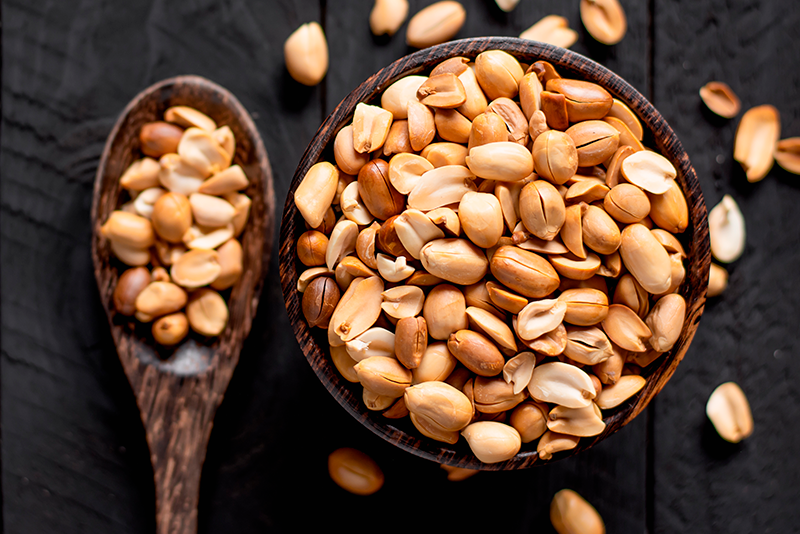Executive Secretary

9th International Scientific Conference on Agricultural Development and Sustainability
6th Workshop Innovative Producers

Abstract
It is sown in late spring, and harvested in late autumn. Its cultivation has been carried out since ancient times, and the indigenous peoples cultivated it, as reflected in the archaeological discoveries made in Pachacamac and other regions of Peru. There, representations of the peanut were found on pottery pieces and vessels.
In Africa it spread rapidly, making this legume a staple food in the diet of many countries, which is why some authors wrongly place the origin of peanuts on this continent. The shells, obtained as a by-product, are used as fuel. A fascinating detail of the peanut plant is that the flowers, after pollination, sink into the ground and the fruit (peanut: an indehiscent legume) develops underground.
The main countries of cultivation are China and India, where it is mainly used as raw material for the production of "peanut oil".
Resumen
Se siembra a finales de primavera, y se recolecta a finales de otoño. Su cultivo se viene realizando desde épocas remotas, así los pueblos indígenas lo cultivaron, tal y como queda reflejado en los descubrimientos arqueológicos realizados en Pachacamac y otras regiones del Perú. Allí se hallaron representaciones del maní en piezas de alfarería y vasijas.
En África se difundió con rapidez, siendo esta legumbre un alimento básico en la dieta de numerosos países, razón por la cual algunos autores sitúan erróneamente el origen del maní en este continente. Las cáscaras, obtenidas como subproducto, se emplean como combustible. Un detalle fascinante de la planta del maní es que las flores, luego de la polinización, se hunden en el suelo y el fruto (maní o cacahuate: una legumbre indehiscente) se desarrolla subterráneamente.
Los principales países de cultivo son China y la India, donde se utiliza sobre todo como materia prima para la producción de "aceite de cacahuete".
About The Speaker

MsC. Amilcar Barreda Valdés

Discussion

